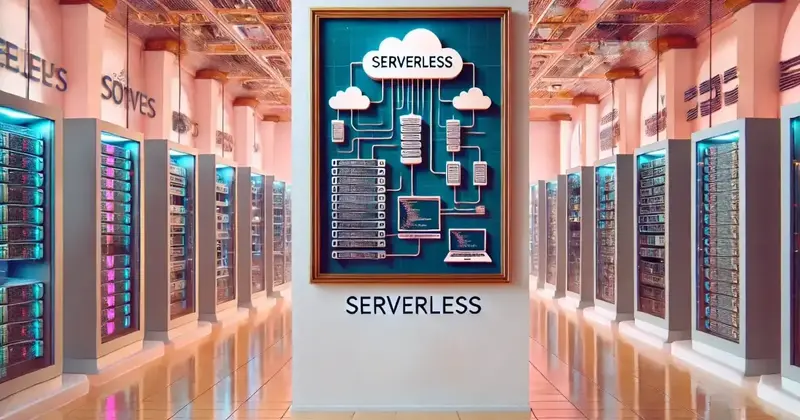Introduction
The term Serverless has been around for quite a few years now, sparking a lot of interest and conversation in tech circles.
I first heard about serverless in a basement at a local meetup around 2015 or 2016. Back then, it seemed like a buzzword, a new idea that promised to change how we handle backend infrastructure.
Today, serverless is a major part of modern app development. It lets developers deploy code without worrying about managing servers. But where did this idea come from, and how did it become so popular? Let’s dive into the history and key moments that have shaped serverless computing.
Early Beginnings
Finding the exact moment the term “serverless” was coined is tough. It was more of a gradual evolution. Early ideas hinted at what we now call serverless computing. One early example is the serverless network file storage solution: XFS, proposed in 1995 and still used in Linux kernels today.
Growing Popularity
To see how serverless computing gained popularity, we can look at Google Trends. The graph below shows how interest in “serverless” and “serverless computing” has grown over time.
See: trends.google.com
Interest started to rise around 2015, matching when I first heard the term. This increase coincides with the release of AWS Lambda in 2014, a key moment in serverless history. AWS Lambda allowed developers to run code in response to events without managing servers, really capturing the essence of serverless.
AWS Lambda: A Turning Point
The launch of AWS Lambda was a game-changer. It made serverless concepts practical, letting functions run on-demand, scale automatically, and be cost-effective. This led other cloud providers, like Google Cloud Functions and Azure Functions, to create their own serverless services, making serverless a mainstream technology.
Why Serverless Matters
Serverless computing has changed how we develop software. By taking away the need to manage servers, developers can focus on writing code and adding value. This has led to faster development, less operational work, and easy scaling.
Serverless is about more than just technology. It’s a new way of thinking. It gives developers the freedom to innovate without worrying about infrastructure. This has opened up new possibilities and made scalable computing more accessible.
The Future of Serverless
Serverless is still evolving, and its potential is huge. It can simplify backend processes, enable real-time data processing, and much more. Serverless is set to drive the next wave of digital innovation.
Whether you’re an experienced developer or just starting out, understanding and using serverless computing will be key to staying ahead in tech. Let’s keep exploring the future of serverless together and make the most of its potential.
Stay tuned for more updates, and share your thoughts and experiences in the comments. Together, we can shape the future of serverless computing.
I’ve waited to publish this article for two years and two reasons. First, I wanted to share something new and exciting rather than just recounting history. Second, my photoshopping skills are lacking, and I couldn’t create the images I wanted. Now, I’m using AI tools to generate these images, making the post look a lot better. - They’ve really improved :)


